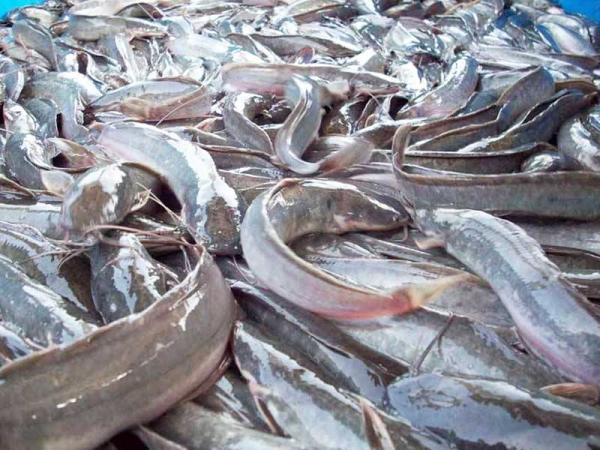
With about two percent contribution to national economy, fish farming remains one of Nigeria’s lucrative businesses. The business has the capacity to rival oil sector earnings if given the required support and attention by government.
However, promising as its outlook, players in this sector have had it tough in recent times, forcing not a few out of business. Available report showed that over 60 per cent of fish farmers have been forced to shut down, with existing ones struggling to stay afloat.
Their reasons are not farfetched – High operating costs, access to market, inflation and climate change, amongst others. The mass exodus of fish farmers may perhaps account for 2.5 million metric tonnes fish deficit in the country, amid 3.6 million tonnes annual demand.
Although, Nigeria has been finding closure in importing frozen fish, experts worry that this was causing more harm than good to the economy. To bridge fish production gap, an aquaculturist, Steve Okeleji, said Nigeria would need to raise 400,000 new fish farmers.
But 400,000 new entrants seem unrealisable looking at it from market trends and popular negative impression about the industry in recent times.
Managing Director of Melody Farm Food& Sea Food Processor, Mrs. Adetola Modupe, has a contrary opinion. Admitting challenges, Modupe maintained that the sector is remunerative as she referenced her survival experience for 18 years that she has been in the business.
According to Modupe who rears catfish and Tilapia, fishery business requires adjusting with environment and market trends for operators to remain. She noted that there are some basic rudiments of fish rearing that cannot be compromised. These she listed to include water temperature, oxygen level and balanced diets, amongst others.
Recounting her journey in catfish venture, she said she started from hatching fishes in which her first try was able to produce over 10,000 catfish fries (newly hatched fish).
She said she ended up recording glut which forced her to sell them at a giveaway price, against the value of inputs in nurturing them to growth. The fish entrepreneur said she later resorted to buying fries from a breeder, but recently experienced high mortality rate owing to the tiny sizes of fries.
She again switched to buying next to fry which is ‘Ijebu’, still experiencing same mortality rate, she eventually settled for fingerlings which is a bit bigger in size.
She explained, “I decided to switch to fingerlings when fries and Ijebu reduced in sizes. What we buy as fingerlings now was what they sold as either fry or Ijebu before the economy became bad. Meanwhile, the smaller the fish, the higher mortality risk.
“Before I switched, I realised I was losing up to 4000 fishes when I buy say 10,000 fries, this is also because they would have eaten themselves, being carnivores. Although in fishery, one gives room for mortality which is inevitable, but the loss I made from fries and Ijebu after the whole economy issue started wasn’t encouraging, hence, reinvented.”
Modupe maintained that fish farming offers a pool of opportunities for investors when they go about it the right way. Noting that the industry is large, she said every different segment in fishery offers gainful business opportunities.
“One may decide to focus on hatchery by selling early stage fries to rearers like me. As a rearer too, I do not necessarily have to wait for the fish to grow to full maturity before making money, I sell at different growth stage like juvenile or jumbo to also rearers like me who will nurture to full growth.
“I make my profit here and still do by selling live fully grown fish, although I seldom sell live fish as I now major in fish processing (smoking). Once my fish become of age, I harvest them for processing,” she explained.
She pointed out that retailing in fishery seems to be most profitable in the value chain and a viable income source for retirees, students, housewife, unemployed or any worker seeking a second income.
“In fact, it is mostly profitable for live catfish retailers. When they buy a kilo (two pieces) at N3,000 from us, they are able to sell the two pieces to consumers at N6000, making 100 percent profit,” she added.
Avowing that many operators could not cope with soaring feed prices and electricity tariff, she found a way around this.
On how she is navigating the challenge, the farmer said, “I found feeding adjustment necessary this period. You can imagine that in June alone, feed prices soared on four






















